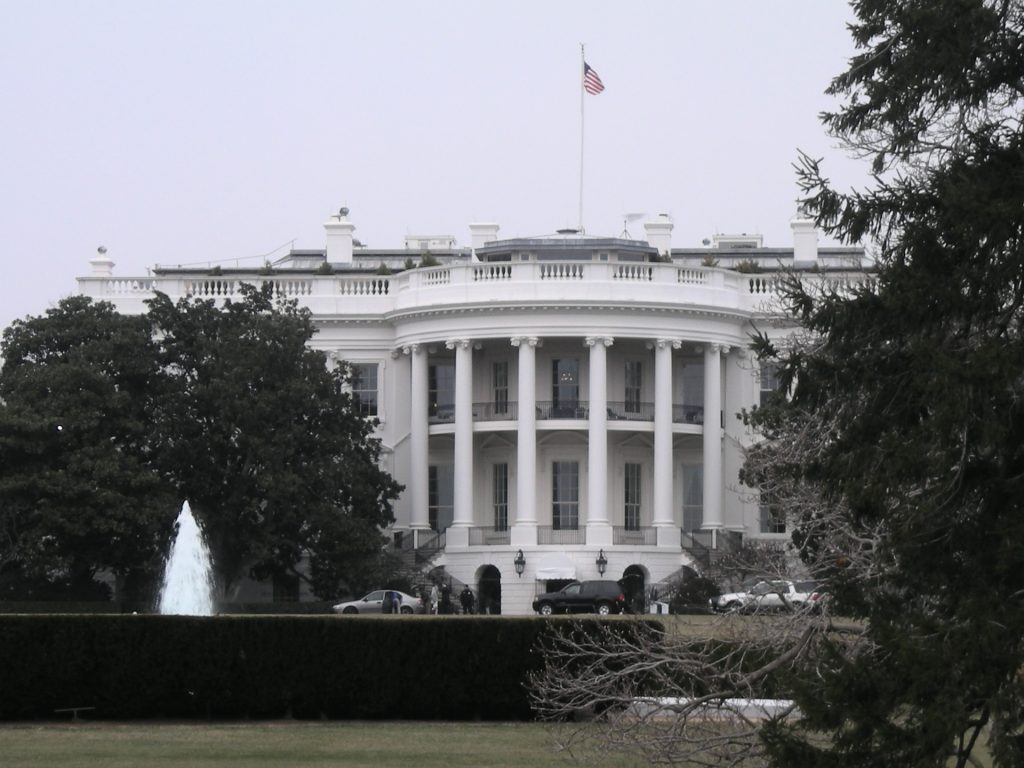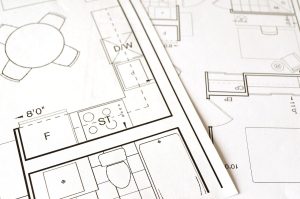The White House, located in Washington D.C., is the official residence and workplace of the President of the United States. It is a symbol of American democracy and the most recognized building in the country. The history and significance of the White House make it a fascinating landmark to visit and explore.
History of the White House
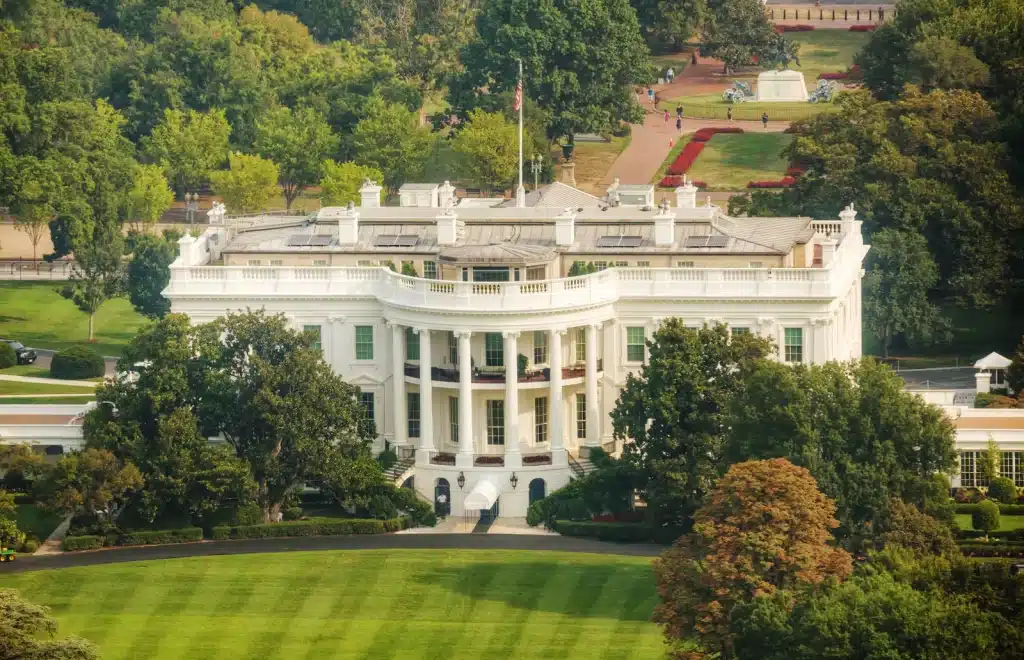
The White House has a rich history that dates back to the 18th century. It was built between 1792 and 1800 by President George Washington, who chose the site and oversaw the construction of the original building. The White House was originally known as the “President’s Palace” and was later renamed the “White House” in 1812 after it was painted white to cover the damage caused by the British during the War of 1812.
Architecture of the White House
The White House was designed by James Hoban, an Irish architect who won a competition to design the President’s Palace. The building is an excellent example of neoclassical architecture and was inspired by the Leinster House in Dublin, Ireland. The White House has four main floors, 132 rooms, and 35 bathrooms. The building also has a number of unique features, including the Oval Office, the East Room, and the Rose Garden.
Presidents Who Lived in the White House
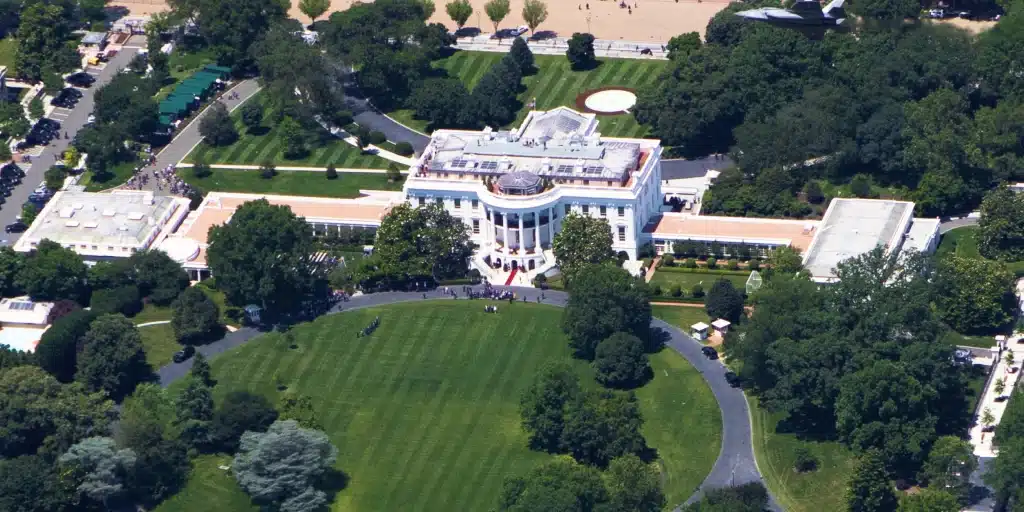
The White House has been home to every U.S. president since John Adams in 1800. Each president has left their mark on the building, making changes and renovations to suit their tastes and needs. Some of the most famous presidents to live in the White House include Abraham Lincoln, Franklin D. Roosevelt, and John F. Kennedy.
Significance of the White House
The White House is not only the official residence of the President of the United States but also serves as the center of American democracy. The White House is where the President conducts meetings with foreign leaders, makes decisions that affect the country, and addresses the nation on important issues. The White House is also home to a number of important events, including state dinners, press conferences, and holiday celebrations.
Visiting the White House
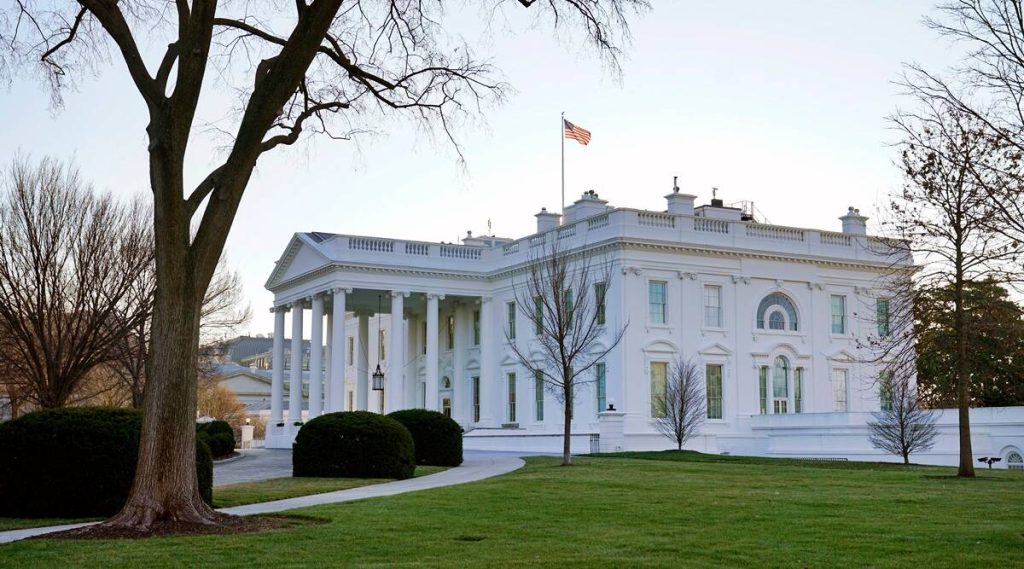
Visitors can tour parts of the White House, including the East Wing and the State Floor. Tours must be scheduled in advance through a member of Congress, and visitors must pass a security check before entering the building. The White House Visitor Center is also open to the public and offers exhibits and interactive displays on the history of the White House.
Conclusion
The White House is an iconic symbol of American democracy and the center of political power in the country. It has a rich history, unique architecture, and has been home to some of the most influential figures in American history. Visiting the White House is a must for anyone interested in American history and politics, and it is an experience that will leave a lasting impression.

